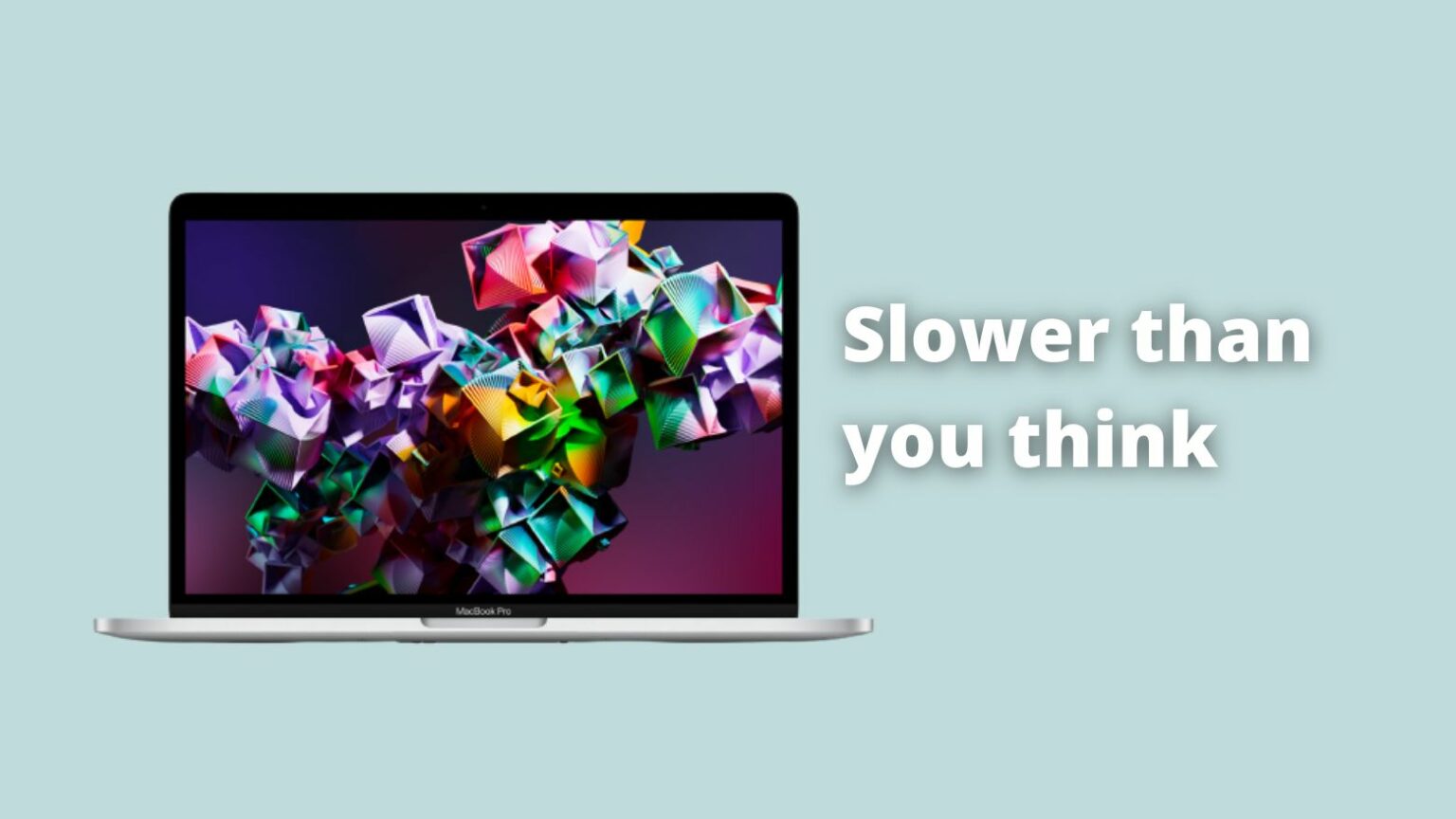The slower SSD on the entry-level M2 MacBook Pro has a noticeable impact on its performance in daily use. Tests show the M1 MacBook Pro beating its successor in stress tests that rely heavily on swap memory usage.
Benchmarks first revealed that the base M2 MacBook Pro SSD is about 50% slower than the M1 model.
M2 MacBook Pro can’t keep up with the older model in real-life tests
YouTuber Max Tech conducted some real-life stress tests on the entry-level M2 and M1 MacBook Pros featuring 8GB RAM and 256GB storage. This included exporting photos and videos from Lightroom, Final Cut Pro and running multiple apps simultaneously.
While exporting 50 images from Lightroom with multiple apps open in the background, the M1 MacBook Pro took 3 minutes and 36 seconds. The 2022 MacBook Pro was notably slower at 4 minutes and 12 seconds. This is despite the latter featuring a faster M2 chip.
With no apps running in the background, the M2 MacBook Pro exports the photos 18 seconds faster than the M1 model. The results clearly show how the slower SSD on the M2 MacBook Pro affects its performance under load.
The results were the same in a Final Cut Pro video export test. The M1 MacBook Pro took 3 minutes and 36 seconds to export a 5min 4K HEVC video. In comparison, the M2 MacBook Pro took over a minute longer with a time of 4 minutes and 49 seconds. The same story continues across other stress tests.
Entry-level M2 MacBook Pro struggles with heavy workloads
As the usage of the unified memory increases, macOS tends to use internal storage as virtual memory. A faster SSD helps here as it allows for faster data swapping between the RAM and virtual memory. And this is where the impact of the M2 MacBook Pro’s slower SSD is felt.
The M1 MacBook Pro consistently opened apps and images faster than its newer sibling in the multi-tasking stress test. It also felt snappier to use and was quicker to complete large file transfers.
If you are not a heavy user and don’t intend to run multiple apps at once in the background, the M2 MacBook Pro’s slower SSD won’t affect your daily use much. Or you can go for the 512GB model as it would feature two NAND chips, thus offering the same SSD performance as its predecessor.
Apple uses a single 256GB NAND chip on the entry-level M2 MacBook Pro, which is the reason behind its slow SSD performance. You can also opt for the 16GB unified memory model as the additional RAM will help reduce swap memory usage.


